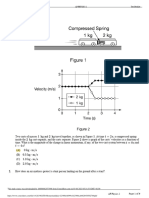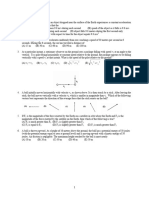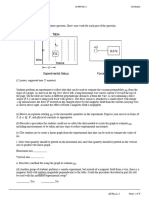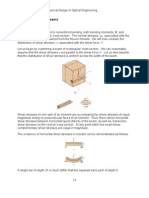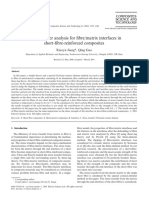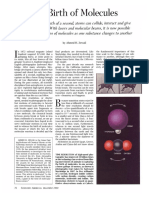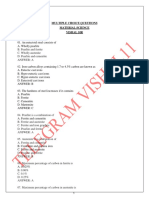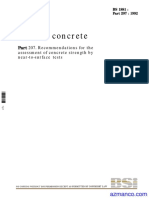AP PHYSICS 1 Test Booklet
Newton’s Second Law Quiz
1. A spacecraft in deep space fires its thruster, which ejects fuel from the spacecraft. The ejected fuel exerts a constant
force on the spacecraft and the total mass of the spacecraft decreases at a constant rate. Which of the following
graphs best represents the acceleration of the spacecraft as a function of time while the thruster is firing?
(A)
(B)
(C)
(D)
2. Two stars in deep space are very far from any other objects. The two stars orbit the center of mass of the two-star
system in circular orbits at constant speed. Which of the following claims is correct about the motion of the center
of mass of the two-star system?
(A) The center of mass also moves in circular motion.
(B) The center of mass does not accelerate.
(C) The acceleration of the center of mass depends on the relative masses of the stars.
(D) The acceleration of the center of mass depends on the relative speeds of the stars.
AP Physics 1 Page 1 of 6
� Test Booklet
Newton’s Second Law Quiz
3.
A box of mass slides along a horizontal surface. The forces exerted on the box are indicated in the figure. There
is negligible friction between the box and the horizontal surface. Which of the following expressions is equal to the
magnitude of the acceleration of the box?
(A)
(B)
(C)
(D)
4. At time , a car is traveling on a straight, level road and the driver begins to apply the brakes. The car slows
down and eventually stops at time . The magnitude of the acceleration of the car as a function of time is equal to
, where is a positive constant. Which of the following graphs could represent the magnitude of the net
force on the car as a function of time?
Page 2 of 6 AP Physics 1
� Test Booklet
Newton’s Second Law Quiz
(A)
(B)
(C)
(D)
AP Physics 1 Page 3 of 6
� Test Booklet
Newton’s Second Law Quiz
5.
A system consists of two identical blocks connected by a rod of negligible mass. At the instant shown, the velocity
of the center of mass is zero and the system has a nonzero acceleration to the right. Which of the following
statements must be true?
(A) The net force on the system is zero.
(B) The net force on the right block is greater than the net force on the left block.
(C) There is a net force exerted on the system directed to the left.
(D) There is a net force exerted on the system directed to the right.
6. A person is riding in an elevator. At time , the elevator is accelerating downward with a magnitude of
. A short time later, at time , the elevator is accelerating upward with a magnitude of . The ratio of
the normal force exerted by the elevator on the person at time to that at time is most nearly
(A)
(B)
(C)
(D)
Page 4 of 6 AP Physics 1
� Test Booklet
Newton’s Second Law Quiz
7.
Crate of mass is connected to Crate of mass by a string with negligible mass. The crates are on a rough,
horizontal surface. Crate is pulled to the right with constant acceleration by a force of constant magnitude .
Crate experiences a friction force and Crate experiences a friction force , both of which are less than .
After a short period of time, the string breaks. The force continues to be exerted on Crate . Which of the
following are correct expressions for the magnitude of the acceleration of Crate and the magnitude of the
acceleration of the two-crate system’s center of mass after the string breaks?
(A) and
(B) and
(C) and
(D) and
AP Physics 1 Page 5 of 6
� Test Booklet
Newton’s Second Law Quiz
8.
A person exerts a force on a rope to pull a block of mass up a ramp. The rope makes an angle to the ramp
and the ramp makes an angle to the horizontal, as shown. The force of kinetic friction between the block and the
ramp has magnitude . Which of the following expressions is equal to the magnitude of the acceleration of the
block?
(A)
(B)
(C)
(D)
9. A person of mass stands on a scale in an elevator. The scale reads . Which of the following is a
correct claim about the direction of the elevator’s motion?
(A) The elevator must be moving upward.
(B) The elevator could possibly be moving upward and slowing down.
(C) The elevator must be moving downward.
(D) The elevator could possibly be moving downward and slowing down.
Page 6 of 6 AP Physics 1































